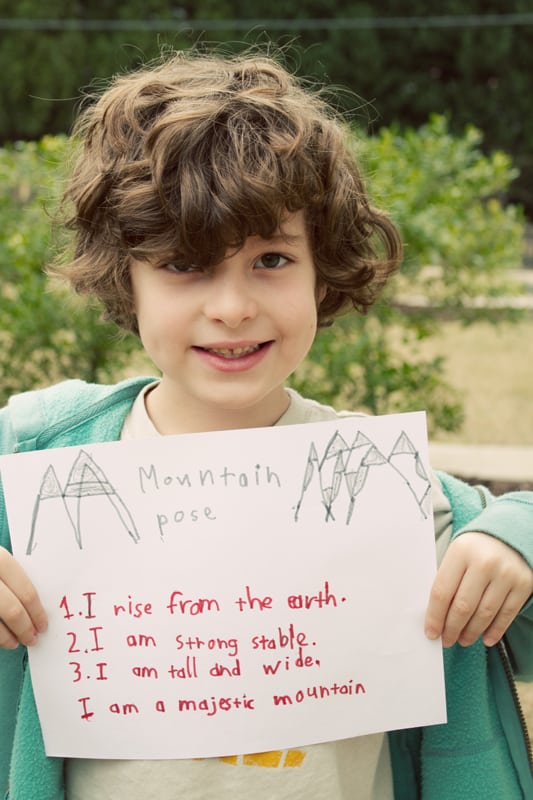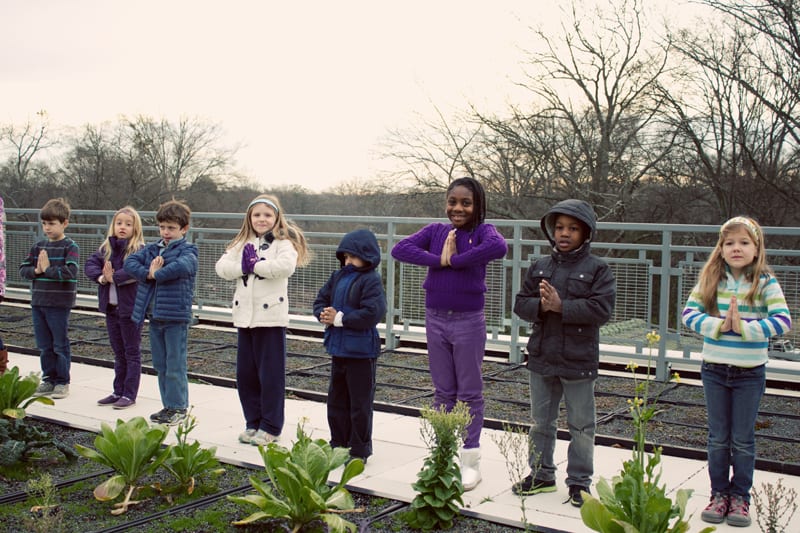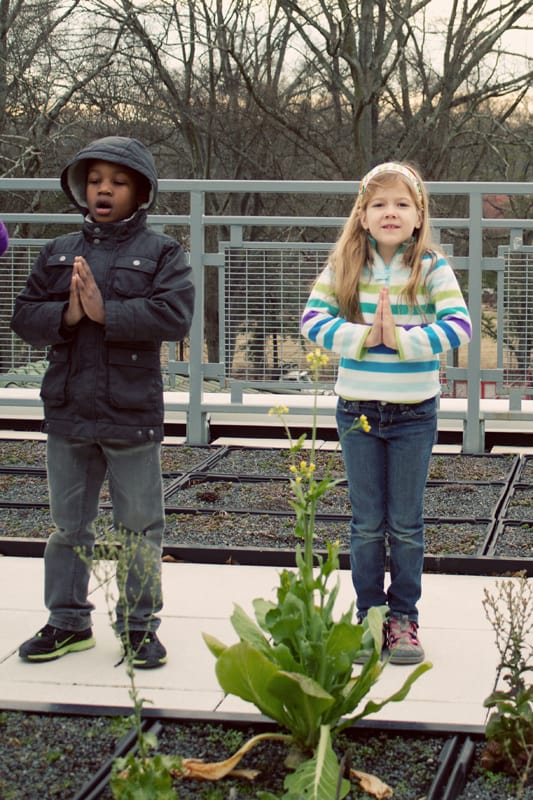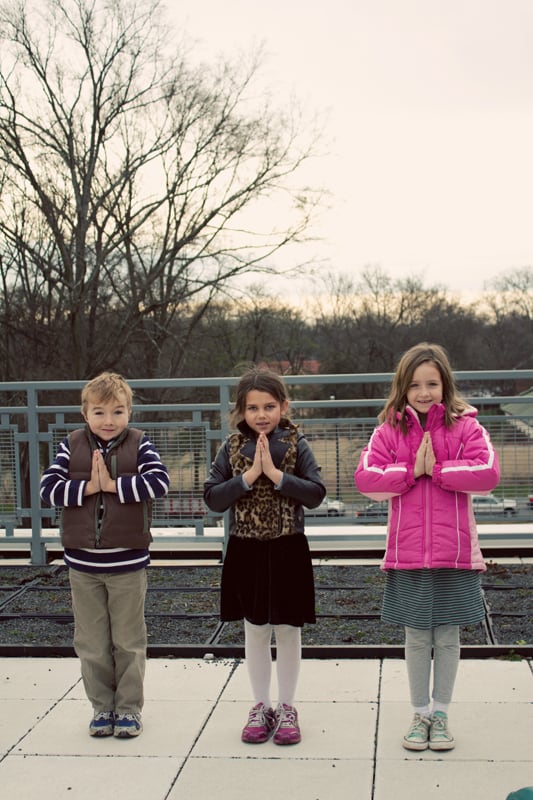The Benefits of Yoga and Mindfulness in K-12 Schools: An Overview of Research Studies
The incorporation of yoga and mindfulness practices in K-12 education has gained momentum in recent years. Educators and researchers are increasingly recognizing the potential benefits of these practices in enhancing students’ physical health, emotional well-being, and academic performance. This article outlines key research studies that highlight the positive impact of yoga and mindfulness on students from kindergarten through 12th grade.
1. Mental Health and Emotional Regulation
Several studies have shown that yoga and mindfulness practices can significantly improve students’ mental health and emotional regulation. For instance:
•A study published in Psychology Research and Behavior Management found that a school-based yoga intervention led to significant reductions in anxiety, depression, and mood disturbances among high school students. This suggests that integrating yoga into the school curriculum could serve as a preventative measure against mental health issues.
•In a randomized controlled trial published in the Journal of Abnormal Child Psychology, researchers found that mindfulness practices helped children with ADHD improve their emotional regulation and reduce symptoms of hyperactivity and inattention. This implies that mindfulness can be a useful tool in managing behavioral disorders.
2. Academic Performance and Cognitive Functioning
Research indicates that yoga and mindfulness practices can positively impact students’ cognitive functioning and academic performance:
•A study in the Journal of Evidence-Based Complementary & Alternative Medicine showed that third-graders who participated in a yoga program demonstrated improved attention and concentration, leading to better academic performance. The study suggests that yoga can enhance executive functioning skills such as working memory and cognitive flexibility.
•Mindfulness training has also been linked to enhanced academic performance. In a study published in Mindfulness, researchers found that mindfulness interventions improved students’ attention, self-control, and classroom participation, which are critical components of academic success.
3. Physical Health and Fitness
The physical aspect of yoga offers benefits for students’ health and fitness:
•Research published in the International Journal of Yoga found that school-based yoga programs improved physical fitness, including flexibility, strength, and balance, among elementary and middle school students. These physical benefits can contribute to overall health and reduce the risk of obesity and related health issues.
•A study in the Journal of School Health indicated that yoga could positively impact students’ body image and self-esteem, which are crucial for developing healthy attitudes towards body and health, particularly in adolescents.
4. Stress Reduction and Coping Skills
Yoga and mindfulness have been shown to reduce stress and improve coping mechanisms in students:
•A meta-analysis in the Journal of Behavioral Medicine (2016) concluded that mindfulness-based interventions effectively reduced stress and anxiety in school-aged children. The practices helped students develop resilience and better manage the pressures of academic and social challenges.
•In another study published in Frontiers in Psychology (2018), researchers found that yoga practices helped students develop healthier responses to stress, including improved emotional self-regulation and a reduction in perceived stress levels.
5. Social and Behavioral Outcomes
Yoga and mindfulness can also foster positive social interactions and reduce behavioral issues:
•A study in the Journal of Child and Family Studies found that mindfulness-based programs in schools led to improved social skills, empathy, and prosocial behavior among students. This indicates that mindfulness can enhance social-emotional learning and promote a more inclusive and supportive school environment.
•Additionally, research published in School Psychology Review showed that yoga interventions could decrease instances of aggression and improve classroom behavior, suggesting that these practices can contribute to a more positive and conducive learning environment.
Conclusion
The research on yoga and mindfulness in K-12 education suggests that these practices offer numerous benefits, including improved mental health, enhanced academic performance, better physical fitness, reduced stress, and improved social behavior. As schools continue to seek holistic approaches to education that support the well-being of students, integrating yoga and mindfulness into the curriculum may provide a valuable tool for fostering a healthy, balanced, and productive learning environment.
Grounded Kids Yoga offers a variety of customized programming and materials to support educators who are curious about or ready to bring yoga and mindfulness to their students. Please reach out to Amy Haysman amy@groundedkids.com to get started.








 Yoga has become a great way for children of ALL abilities to become aware of their body, in line with their breath, and connected to the beautiful truth and peace within them. As an occupational therapist and devoted yogi, Allison Morgan of Zensational Kids (see
Yoga has become a great way for children of ALL abilities to become aware of their body, in line with their breath, and connected to the beautiful truth and peace within them. As an occupational therapist and devoted yogi, Allison Morgan of Zensational Kids (see 


